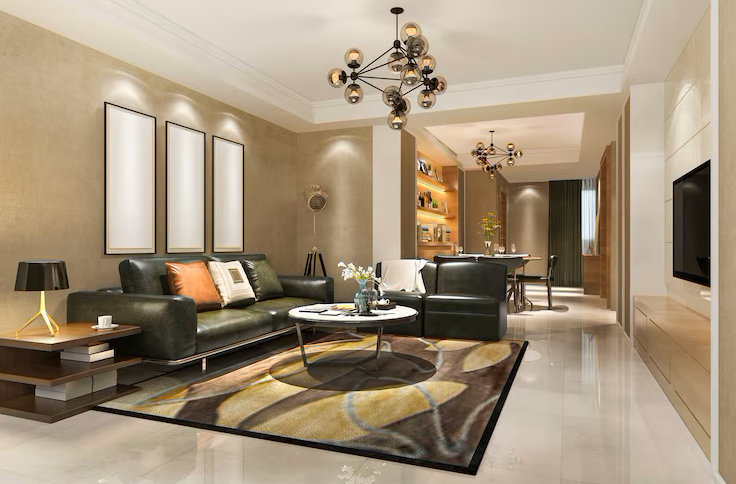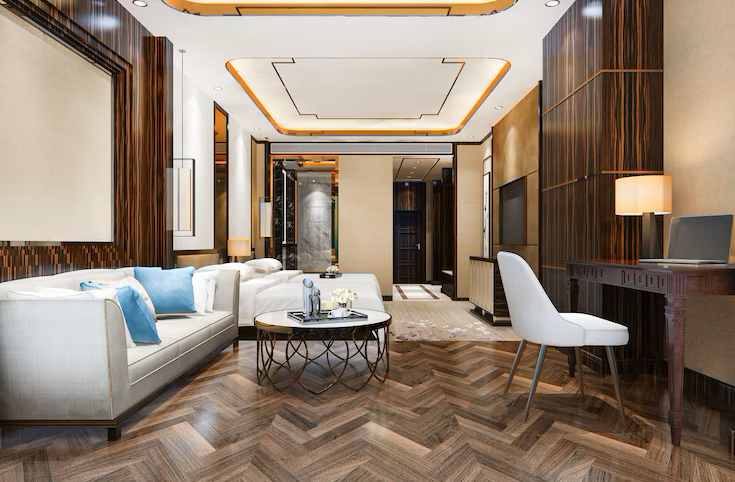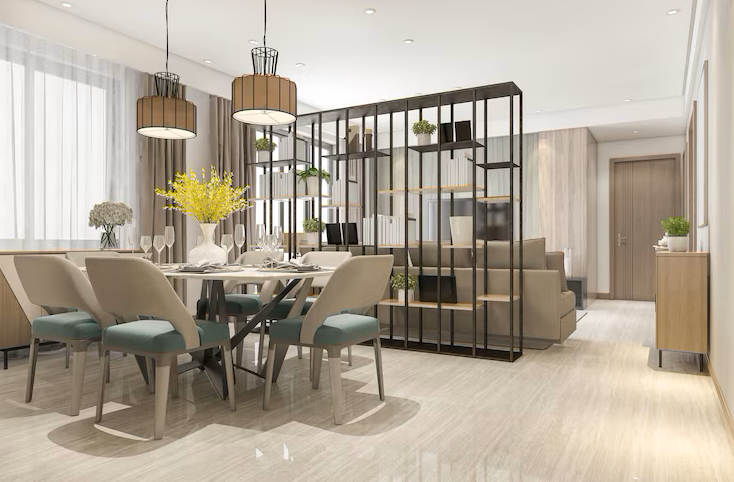Top 5 Challenges Faced by Interior Designers in Chennai and How They Overcome Them
Top 5 Challenges Faced by Interior Designers in Chennai and How They Overcome Them
Interior design is a dynamic field that blends creativity, functionality, and cultural sensibilities. In a vibrant and fast-evolving city like Chennai, the work of interior designers is both rewarding and challenging. As the demand for aesthetic and practical spaces increases, interior designers in Chennai find themselves navigating a variety of obstacles unique to the city’s architectural landscape, lifestyle preferences, and climate conditions.
Here are the top 5 challenges faced by interior designers in Chennai and how they skillfully overcome them:
1. Balancing Tradition with Modern Aesthetics
The Challenge:
Chennai is a city deeply rooted in culture and tradition. Many homeowners and business owners prefer interiors that reflect Tamil heritage—be it through intricate wooden furniture, temple-style architecture, or kolam-inspired floor designs. At the same time, modern urban clients demand sleek, minimalist, and globally inspired spaces. The real challenge lies in blending the old with the new.
The Solution:
Experienced interior designers in Chennai strike a delicate balance by creating fusion designs. They use traditional materials like teakwood and brass in contemporary forms, incorporate cultural motifs in modern wallpapers, and retain traditional layouts while integrating smart lighting or modular furniture. This approach satisfies both emotional and aesthetic needs.
2. Dealing with Chennai’s Humid Climate
The Challenge:
The coastal location of Chennai results in high humidity levels, which can cause materials like wood, MDF, and certain paints to warp, expand, or develop mold over time. Designing interiors that are durable in such conditions is a significant concern.
The Solution:
To combat the climate-related challenges, interior designers in Chennai rely on moisture-resistant materials such as marine plywood, PVC boards, and anti-fungal coatings. They also design with ventilation in mind—ensuring good air circulation, using breathable fabrics, and installing dehumidifiers where needed. Careful selection of climate-suitable finishes and coatings makes interiors last longer in Chennai’s weather.
3. Space Constraints in Urban Homes
The Challenge:
Like most metro cities, Chennai has witnessed a real estate boom that often comes with compact living spaces, especially in apartments and gated communities. Maximizing functionality without compromising on style in small areas is a recurring challenge.
The Solution:
Creative space utilization is the hallmark of good interior design. Designers use multifunctional furniture (such as sofa-cum-beds, foldable dining tables, or wall-mounted desks), smart storage solutions, and optical illusions like mirrors and light tones to make small spaces feel open and functional. Interior designers in Chennai also rely heavily on modular kitchens and built-in wardrobes to save every square foot.
4. Budget Constraints vs. Client Expectations
The Challenge:
Many clients approach designers with grand visions but limited budgets. Aligning design aspirations with financial realities without compromising quality or aesthetics can be tricky.
The Solution:
Professional interior designers in Chennai manage this by prioritizing needs over wants, offering cost-effective alternatives, and breaking projects into phases. Instead of Italian marble, they may suggest Indian granite or vitrified tiles; instead of imported fittings, they opt for high-quality Indian brands. Transparent communication, budgeting tools, and value engineering help align expectations with financial feasibility.
5. Vendor Coordination and Project Delays
The Challenge:
Interior design projects involve multiple stakeholders—carpenters, electricians, painters, plumbers, suppliers, and more. Coordinating with various vendors and ensuring timelines are met is often a major hurdle, especially in a busy city like Chennai.
The Solution:
Seasoned interior designers in Chennai address this through detailed project planning, Gantt charts, and regular site supervision. Many have a reliable in-house or partnered team to ensure smooth execution. Digital tools for task management, procurement tracking, and client communication further streamline the process. Being proactive and responsive allows them to minimize delays and deliver high-quality results on time.
Conclusion
While designing in a culturally rich and climate-sensitive city like Chennai brings its share of challenges, it also offers immense creative opportunities. Whether it’s balancing modern design with traditional charm, or crafting stunning interiors within tight budgets and spaces, interior designers in Chennai prove their mettle time and again through innovation, adaptability, and deep local knowledge.
If you’re planning to transform your space in Chennai, choosing an interior designer who understands these local nuances can make all the difference. Their ability to anticipate challenges and offer smart, sustainable solutions is what truly defines success in this vibrant city.




